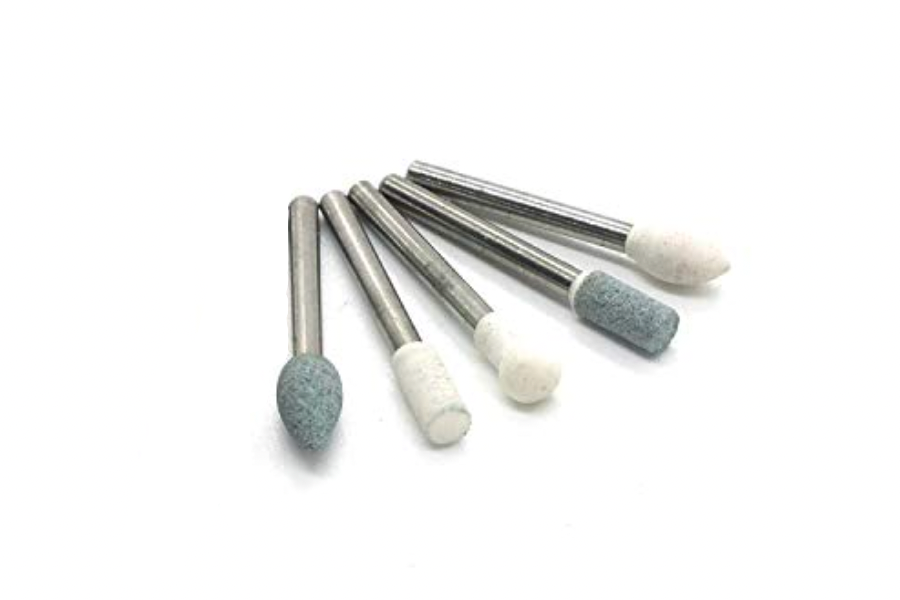Clinic white stones and green stones are essential tools used in modern dentistry for a variety of procedures, from shaping and polishing teeth to removing stains and plaque. These stones are available in a variety of shapes, sizes, and materials, each with its unique properties and applications. Understanding the benefits and risks of using these stones in dental procedures is essential for dental practitioners to provide comprehensive treatment options to their patients.
The Uses and Applications of Clinic White Stones and Green Stones
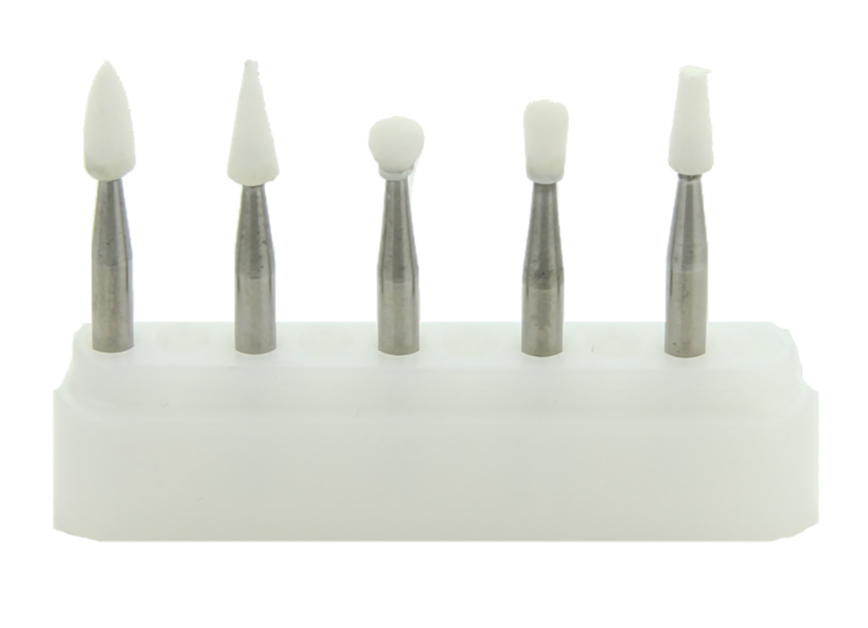
Clinic white stones are typically made of aluminum oxide or silicon carbide and are commonly used for shaping and polishing restorations and composite fillings. They come in different sizes and shapes, including flame, bullet, and wheel shapes, and are often used in conjunction with polishing paste to achieve a high-gloss finish on dental restorations.
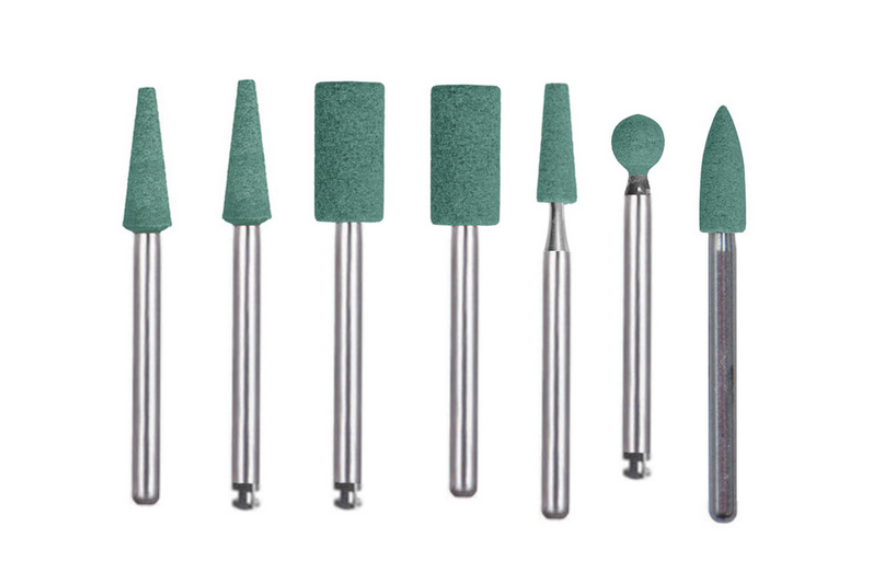
Green stones, on the other hand, are made of a finer-grained abrasive material and are typically used for finishing and polishing composite and porcelain restorations. They are less aggressive than clinic white stones and are often used in the final stages of polishing to achieve a smooth and polished surface on dental restorations.
The Benefits of Using Clinic White Stones and Green Stones in Dental Procedures
One of the key benefits of using clinic white stones and green stones in dental procedures is their versatility. The stones can be used for a wide range of procedures, including shaping and polishing restorations, removing stains and plaque, and preparing teeth for restorative procedures. This makes them an essential tool in any dental practice, allowing practitioners to provide comprehensive treatment options to their patients.
Another advantage of using clinic white stones and green stones is their ability to provide minimally invasive treatment options. By using these stones, dentists can remove decay and stains without the need for drilling, reducing the amount of tooth structure that needs to be removed and preserving more of the natural tooth. This can lead to better long-term outcomes, as well as improved patient comfort and satisfaction.
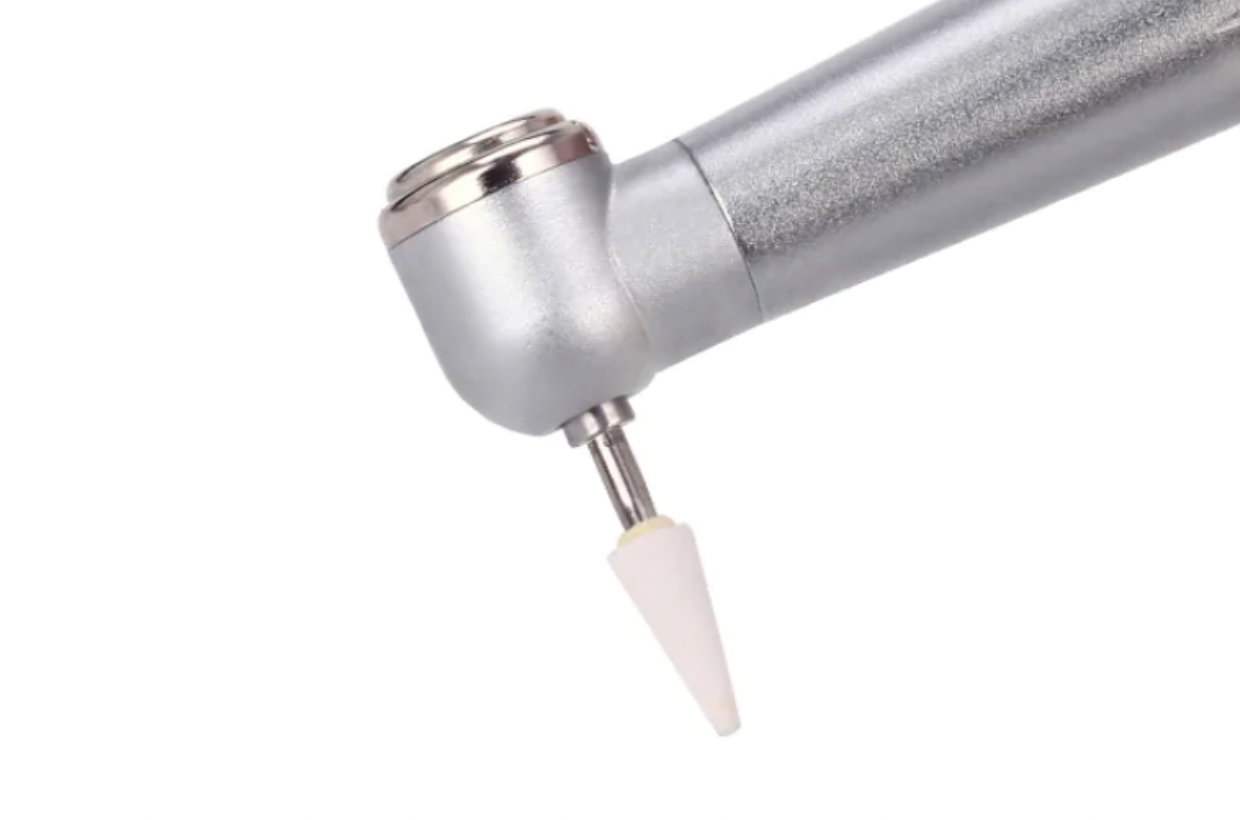
The Risks and Safety Measures Involved in Using Clinic White Stones and Green Stones
However, it is important to note that there are also risks associated with using clinic white stones and green stones. Improper use of these stones can result in damage to the tooth structure, as well as soft tissue injury and infection. Additionally, if abrasive particles are not effectively removed from the oral cavity after use, they can cause irritation and damage to other tissues in the mouth.
To mitigate these risks, it is essential to use proper technique and safety measures when using clinic white stones and green stones. This includes ensuring that the stones are properly sterilized, using appropriate protective equipment such as masks and goggles, and following established protocols for use.
The Factors You Need to Consider When Incorporating Clinic White Stones and Green Stones Into Dental Procedures
When incorporating clinic white stones and green stones into dental procedures, it is also important to consider the specific needs and preferences of each patient. Some patients may be more comfortable with traditional techniques, while others may prefer the minimally invasive approach offered by clinic white stones and green stones. Similarly, certain dental conditions may require a different approach, depending on the severity of the condition and the desired treatment outcome.
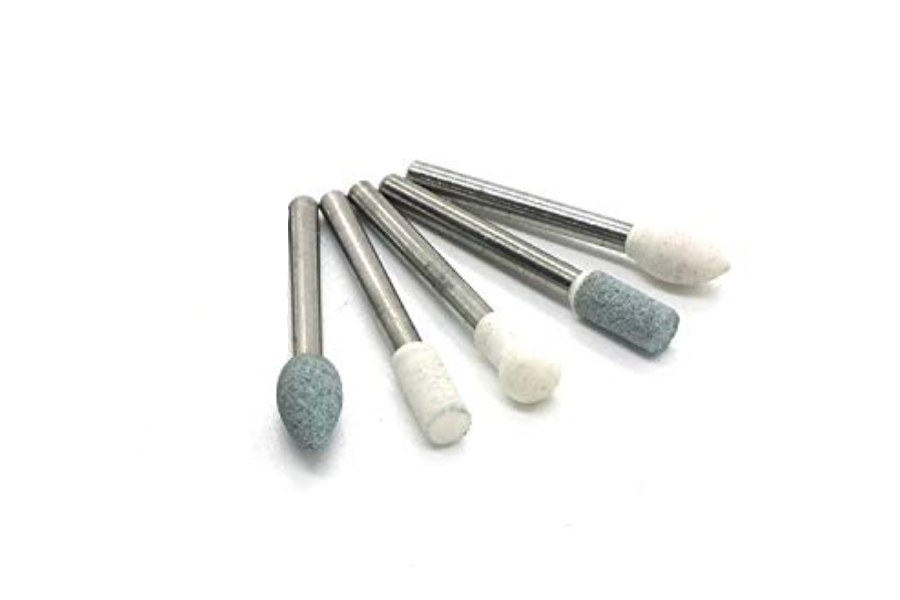
Conclusion
In conclusion, clinic white stones and green stones are essential tools in modern dentistry, offering a versatile and effective way to address a range of dental conditions. However, it is important to carefully consider the benefits and risks involved and take appropriate safety measures to ensure that the stones are used effectively and safely. By doing so, dental practitioners can provide their patients with the best possible care and achieve optimal treatment outcomes.


